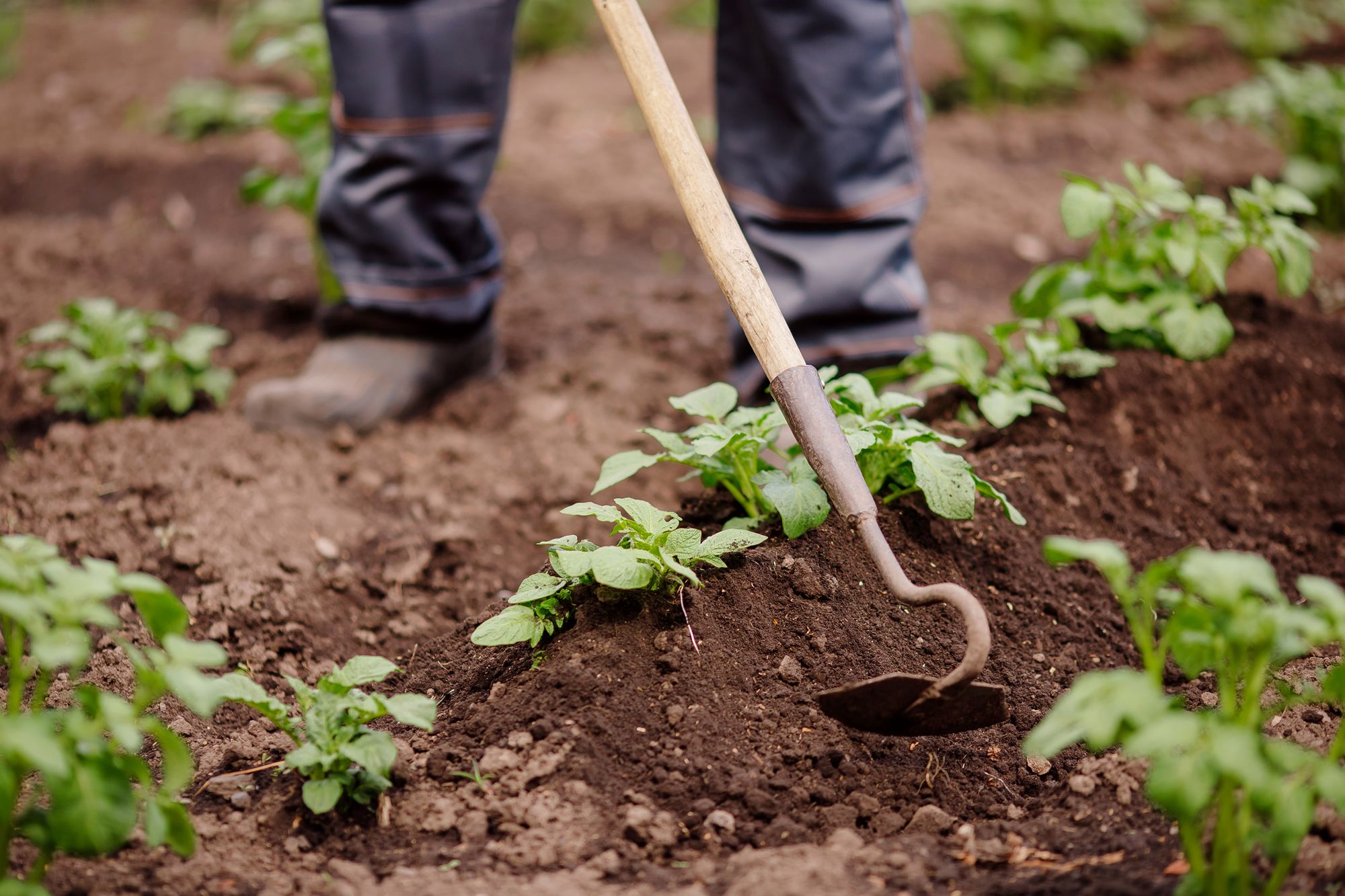Selling Like Hotcakes


Written by Tony Nye
May 7, 2018
Maximize your sales potential at summer farmers markets
Summer is well at hand and that should mean lots of us are getting produce from our gardens and fields. This is also when our local farmers markets are getting very busy. This can be a great summer event for families and part of your summer vacation experience.
When traveling away from home during the summer, I like visiting farmers markets and more importantly visiting with those selling in a market. There is a lot you can learn about the culture and flavor of the location you are visiting. Over the years I have probably visited 30 farmers markets in other states. Each time I visit a new market, I gain valuable insight to better marketing techniques.
These lessons to marketing are great management pieces I can bring back to the many small farm producers I work with throughout the year and especially important for the local growers I work with in our own local farmers market.
Whether you are currently selling or want to sell in a farmers market, have you ever asked the question: “Do I have what it takes to be a top-notch seller?”
Market research
I can easily share the “what not to do” items, but rather I would like to consider some best management practices one can utilize to enhance “successfulness” when marketing products from the farm. Some of the following thoughts are provided by Christie Welsch, OSU Extension Direct Agriculture Marketing specialist who recently shared these at one of our small farm conferences.
First off, she says it is always good to visit other markets. Each market has its own flavor and potential experience for customers. I do not believe I have been to two markets that were the same. Your visit might help identify a potential new market to sell at. It may provide many ideas for how to improve marketing skills. This is true whether you are currently selling, or thinking about selling in a market.
Sometimes vendors can get ‘market blind’ or stale because they do not get away to see what others are doing in another market.
When visiting markets, identify what is being sold. Ask the question, “What can I produce that might be a big seller?” Does it have much customer activity? Is it a market I should consider? Are there rules for this market? What are the participation fees for the market? What opportunities does this market present that you like or dislike?
Focus on dollars that make sense
Once you got your mind set and are actively participating in a market, what should you consider next? I think the obvious is pricing. Price can be a perception of quality. Don’t try to undersell supermarkets—you can’t win that battle. Don’t reduce prices at the end of the day—your customers will learn quickly to wait for you to drop your prices.
A warning sign you may be priced too low is if you sell out very quickly or no one complains about your price! Be confident and proud of what you produced, and remember you need to show a profit for all your time and expense you have put into your product. Evaluate what other market vendors are pricing for similar products.
Secondly, you need to monitor to ensure your product is consistent in quality. Ask for feedback form your customers. Have a plan in place to deal with a potential quality issue.
Sales is an experience
Next it is important to design your area in the market to be eye-catching and draw customers to your products. Not only have an attractive display but have ‘Easy-to-Read’ signs with prices. Be interactive with your customers. Find out more about your customers such as what other local foods they would purchase if available at the market.
Keep in mind that the customer visiting a farmers market:
is looking for freshness and taste,
likes supporting locals farmers, and
wants a pleasant experience.
Remember, I said they want a pleasant experience. Take the opportunity to tell your story. How did you get started farming? Where is your farm located? Is it organic, grass-fed, natural, pasture-raised? These are all recognizable terms customers relate to that can resonate with them. It may suggest your products are grown locally of course, that you care how you raise it, and it should be safe, wholesome and taste good. The bottom line: Customers want to know more about their food and where it comes from.
Telling your story does not have to be verbal only. Brand your farm and your stand. Signage can be very helpful, but remember you don’t have to write a book. Keep it simple by illustrating your farm with pictures of scenery, plants, animals and maybe even your family.
It is so important to build customer loyalty. When I visit other markets in another city or state, within five minutes I can usually tell who has told their story very well. These are the vendors who have built a trusting relationship with the customers at that market.
Another strategy is to differentiate yourself from the other vendors. This is not always easy if you have several vendors trying to do the same thing to grab the attention of the customer. An example, I have seen a farmer who dresses in bib overalls, a very nice white dress shirt, a red bow-tie, and a big straw hat. His personality adds to his advantage in this particular market. People like him and he enjoys the interaction. He sets himself apart from the other vendors in a fun kind of way.
Additional tips
To attract, engage, and retain a regular customer base, look to some of these additional ideas.
Educate your customer—Utilize recipes, cooking demonstrations (if allowed), samples, or provide health and nutrition information. This is especially important if selling something unusual, such as a purple tomato, or an unusual-looking squash. People can be reluctant to try new things. Let them know how you utilize the items. If you don’t eat, it why should they?
Along with the education, tell them how to store what you offer, and how long it will keep.
Provide convenience—Most customers want an item from the market that will be enough in quantity for one meal. Always add in customer service and remember to make it colorful. Will you allow customers to leave orders for next time? Can they also come to the farm to purchase on days the market is not in operation?
Be community-minded—Do more to be an active vendor in the market. Support programs such as Women, Infants and Children (WIC), Snap-Ed, and senior food and nutrition programs. Do they have a market website you can advertise on?
The final sale
Always be friendly, willing to work with customers, invite them back. Be proactive and work with the community. Customers attending farmers markets not only want what is being sold but they want an enjoyable experience that gives them a desire to want to come back.
Tags:Weekend Farmer

Acreage Life is part of the Catalyst Communications Network publication family.















